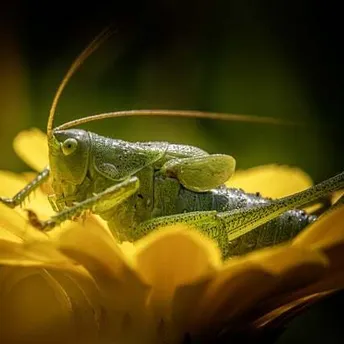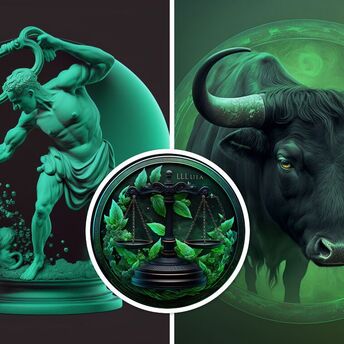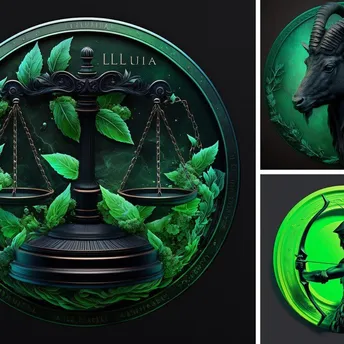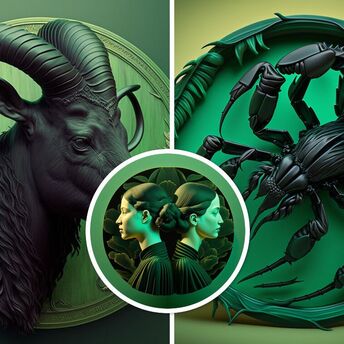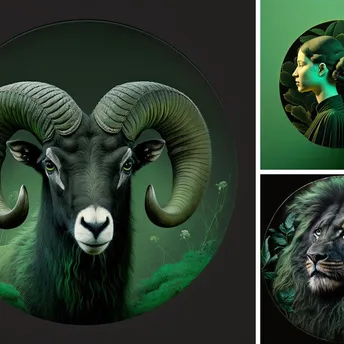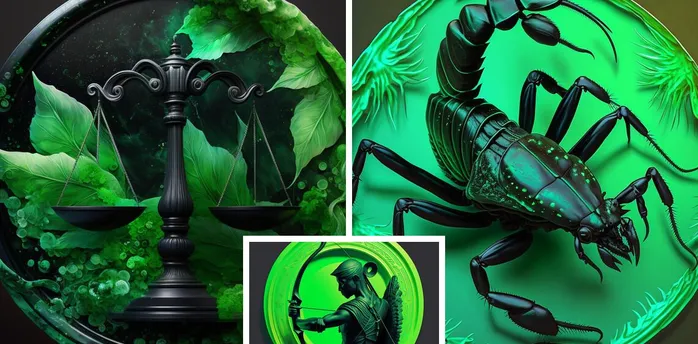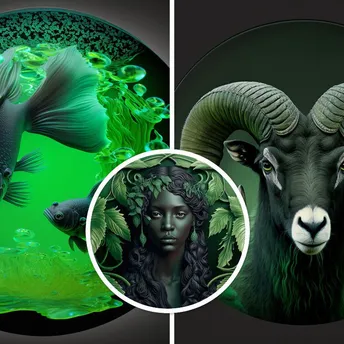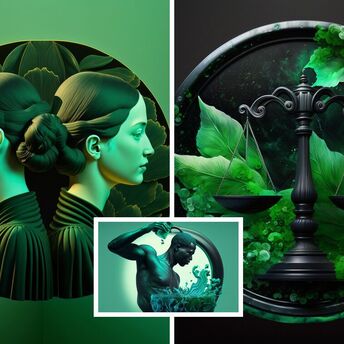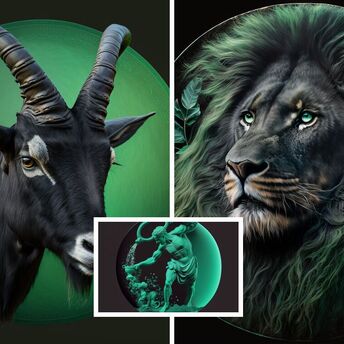10 Spiritual Meanings of Crescent Moon and Star

The crescent moon and star are widely recognized as a symbol of Islam. Yet, its origins stretch back further in history. This article explores the spiritual meanings associated with this ancient motif.
Crescent Moon and Star Spiritual Meanings
1. The Symbol of the Ottoman Empire
The crescent moon and star hold historical significance, primarily stemming from their association with the Ottoman Empire. Founded in 1299 by Osman I in northwestern Anatolia, this small kingdom evolved into a powerful empire covering much of southeastern Europe, West Asia, and North Africa.
A pivotal moment for the empire occurred in 1453 when Mehmed II captured Constantinople, ending the Byzantine Empire. While the crescent moon symbol had appeared on Islamic war flags since at least the 14th century, it was only during the 18th century that the Ottoman Empire officially began using both symbols together on flags. The precise reasons behind choosing this particular symbol remain unclear.
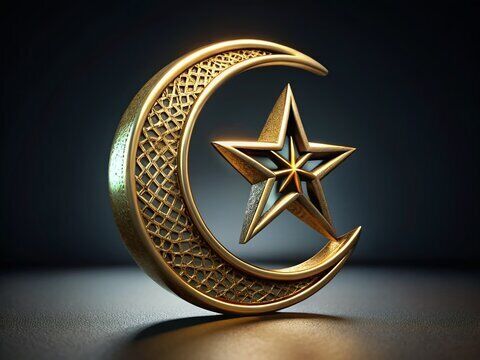
2. The Symbol of Islam
Today, many view the crescent moon and star as emblematic of Islam, largely due to the Ottoman Empire’s influence. This powerful empire became a point of pride for many Muslims worldwide. Initially, the symbols adorned mosques more as representations of the Ottoman tradition than as symbols directly associated with Islam.
Over time, as these symbols became common on mosques, they became linked with the Islamic faith. Even after the Ottomans fell, people continued to associate the crescent moon and star primarily with Islam, viewing it as representing new lunar cycles and themes of rebirth and renewal.
3. On National Flags
Beyond mosques, the crescent moon and star design features on the flags of many predominantly Muslim countries. The modern Turkish flag directly descends from Ottoman symbols, while Tunisia has used similar designs since 1831.
Several other nations — such as Malaysia and Azerbaijan — have also integrated this motif into their flags. In these contexts, the crescent moon and star signify the prominence of Islam within the nation, rather than direct ties to the Ottoman Empire.
4. Sin and Ishtar in Ancient Mesopotamia
Historically, the crescent moon and star symbolize deities such as Sin and Ishtar in ancient Mesopotamia. Sin, the Moon god, represents night and celestial awareness. Ishtar, linked to love and war, corresponds closely with Venus.
In ancient societies, the importance of celestial bodies significantly influenced daily life and spiritual beliefs. With Venus often being the brightest nighttime object besides the Moon, people worshipped these signs in the sky and viewed them as significant deities.
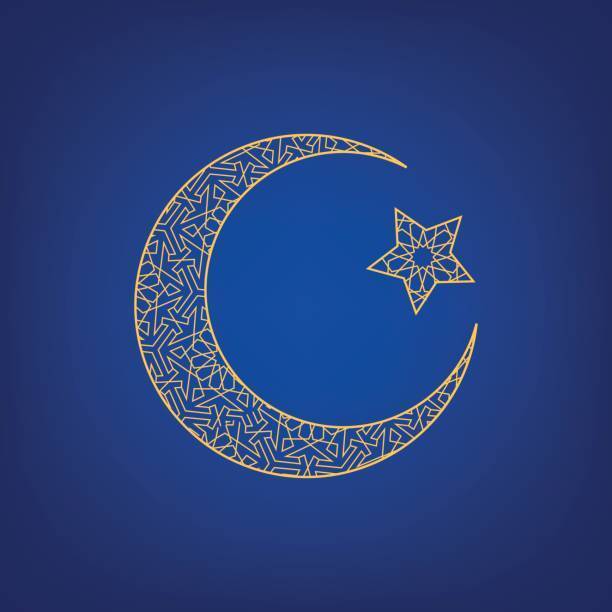
5. The Sun and the Moon
Some interpretations suggest the crescent moon and star recognize the Sun alongside the Moon, signifying the perpetual cycle of day and night. This symbolism echoes the cyclical patterns inherent in the universe, illustrating the eternal cycles of life, death, and rebirth, a fundamental aspect of the spiritual meaning of this motif.
6. The Symbol of Byzantium
The crescent moon and star also became prominent symbols of Byzantium and its capital. Constantine I renamed the city to Constantinople, which later became modern Istanbul. Though the exact meaning of the symbol is not consistently defined, it likely reflects the city’s Greco-Roman past, particularly regarding the goddess Hecate, a protector and defender of Byzantium.
7. The Divine Feminine
The crescent moon and star symbolism is also linked to the divine feminine, represented as a protective aspect. The moon’s curve serves to cradle the star, reminiscent of a mother nurturing a child. This imagery evokes other goddesses associated with fertility and protection, including Artemis, who symbolized femininity and wilderness among ancient cultures.
8. Guidance
For many across cultures and traditions, stars offer navigational guidance throughout history. The crescent moon and star can represent a source of direction. People often look to this symbol when seeking clarity, using it as a focal point during meditation or prayer for guidance in their lives.
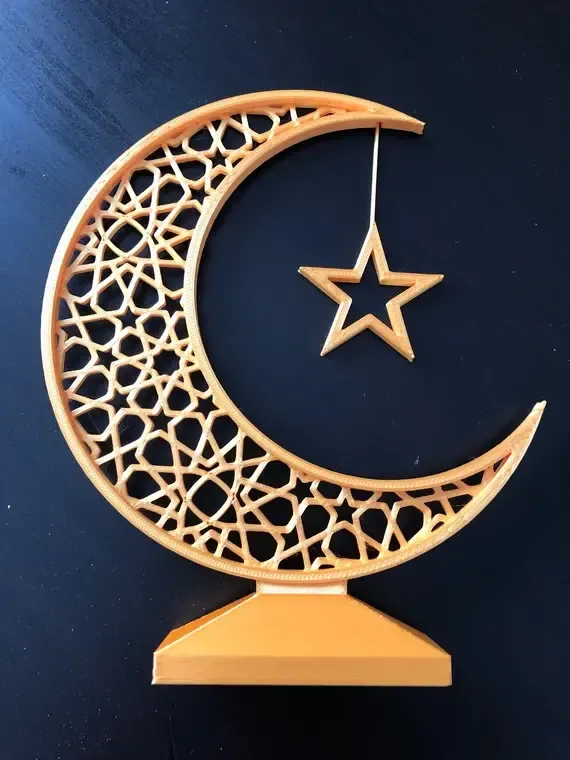
9. Peace and Harmony
This symbol embodies ideals of peace and harmony, illustrating balance amid dualities: light and darkness, male and female, life and death. This message reminds us that balance is essential, and realizing this can restore tranquility to the mind and spirit.
10. Cosmic Unity and Interconnectedness
The crescent moon and star motif symbolizes cosmic unity, highlighting how interconnected all things are within the universe. Regardless of specific religious beliefs, this symbol fosters understanding of a larger reality and our place within it across different spiritual practices.
The crescent moon and star serve as symbols of Islam, reflecting much more depth and significance shaped over time. Their meanings and interpretations transcend beyond religion, allowing for a wide range of spiritual appreciation by various cultures today.

